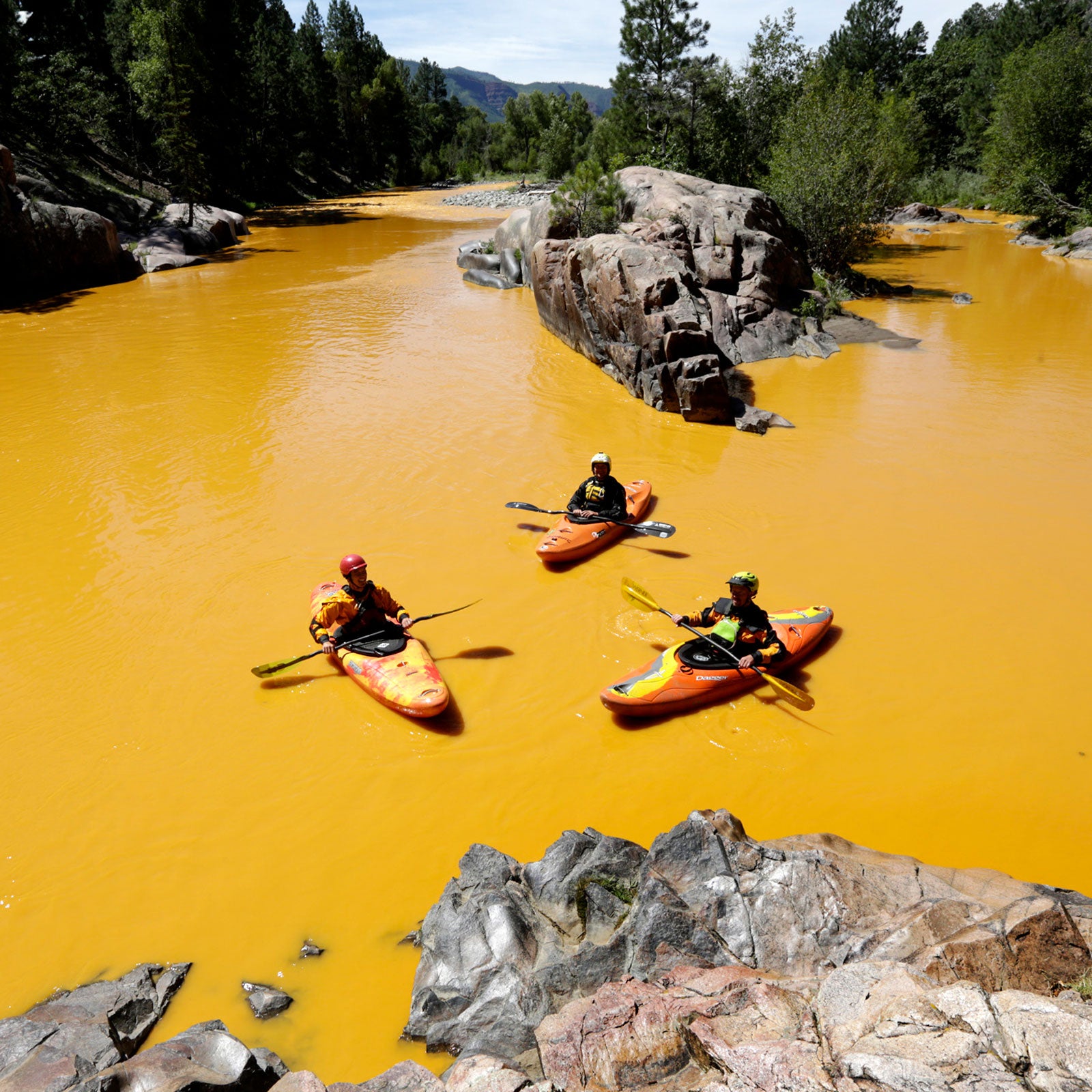In 1965, Interior Secretary Stewart Udall floated the Colorado River with his wife and two children. Upon returning to Washington, D.C., he told President Lyndon B. Johnson that every individual and family should get to know at least one American river. Three years later, stirred by Udall’s comments, Johnson addressed Congress. “An unspoiled river is a very rare thing in this nation today,” he said. “Their flow and vitality have been harnessed by dams, and too often they have been turned into open sewers by communities and by industries. It makes us all very fearful that all rivers will go this way unless somebody acts now to try to balance our river development.”
In 1968, Johnson signed the National Wild and Scenic Rivers System Act, which aims “to preserve sections of selected rivers in their free-flowing conditions and to protect their water quality and other vital conservation values.” When it was signed into law, the act protected just eight rivers and named 27 others as potential additions. Today, on the act’s 50th anniversary, more than 200 rivers are protected in 40 states and Puerto Rico. But that’s just scratching the surface. “The vast majority of the 3.5 million miles of rivers in the United States are not protected by the Wild and Scenic Rivers Act, with many tributaries scarred by dams and pollution,” says Nicole Silk, president of the nonprofit . To make matters worse, the Trump administration has been longstanding regulations that protect our waterways. “To guarantee healthy water and clean rivers for everyone, we must get engaged,” Silk says.
These recently released books are a good first step toward understanding our long history of endangering our waterways and what can still be done to protect them.
‘River of Lost Souls: The Science, Politics, and Greed Behind the Gold King Mine Disaster’ by Jonathan Thompson
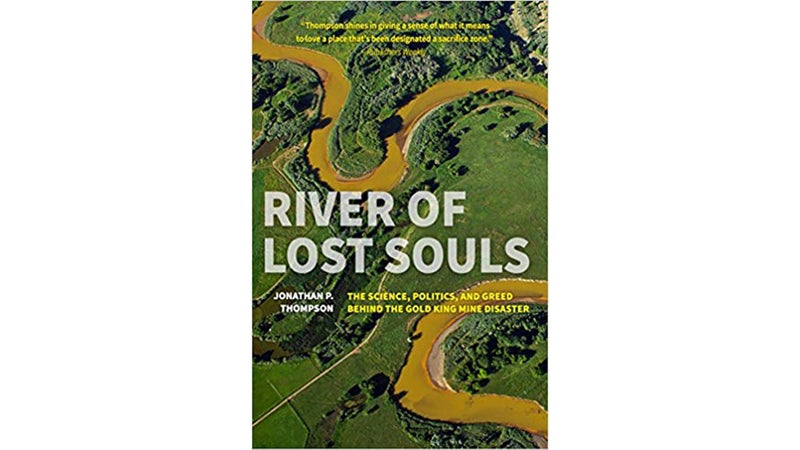
Former High Country News editor Jonathan Thompson was living in Durango, Colorado, in 2015 when Environmental Protection Agency personnel accidentally destroyed a bulkhead that was holding water trapped inside the Gold King Mine near Silverton, Colorado. It sent 3 million gallons of wastewater and tailings into a tributary of the Animas River. Thompson bolted to a nearby bridge and watched the mass of cadmium, lead, arsenic, and copper turn the Animas River orange. The sludge would foul waterways as far south as New Mexico, including critical water sources in the Navajo Nation. The debacle spurred Thompson to spend the next two years researching what caused the disaster. The resulting book, , is part elegy (the Animas River watershed is still compromised by the spill), part ode (Thompson grew up playing in the Animas while staying at his grandparents’ farm in the fertile valley), and part investigative journalism (he examines unsparingly how extractive industries past and present befoul rivers by setting up practice near precious water sources).
‘Where the Water Goes: Life and Death Along the Colorado River’ by David Owen
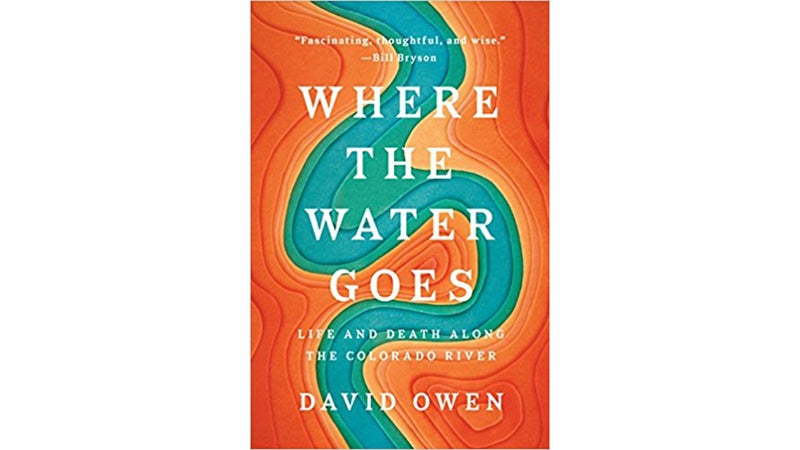
Several years ago, New Yorker staff writer David Owen traced the route of the Colorado River in his car from its headwaters in Rocky Mountain National Park to its parched terminus, a million-acre desert fanning north from the Sea of Cortez. He found that every gallon of the river is owned or claimed by someone. “Worse still,” Owen writes in , “every drop of Colorado River water has been over-allocated since the states in its drainage—Colorado, Arizona, Utah, Nevada, California—first began to divide the water among themselves, over a century ago.” On his journey along the 1,400-mile river, Owen investigates its waterways, reservoirs, power plants, farms, fracking sites, and the Hoover Dam. What we learn—in Owen’s informal, accessible style—is that here in the West, we’re in deep trouble and dealing in nonexistent water. But he leaves us with hope, outlining how government agencies, scientists, developers, and individuals can mitigate the problem.
‘The Source: How Rivers Made America and America Remade Its Rivers’ by Martin Doyle
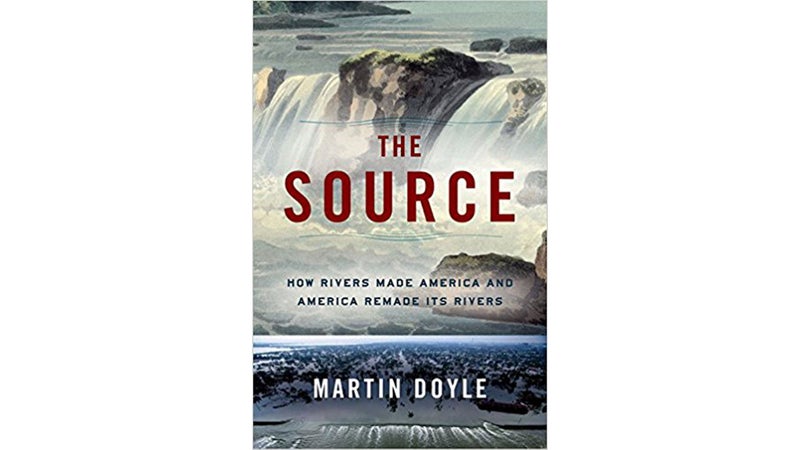
In this authoritative history, Martin Doyle explores how Americans have “dammed, raised, rerouted, channelized, and even ‘re-meandered’” our most significant rivers. Doyle has spent a lot of time researching water: he is director of the Water Policy Program and a professor of river science at Duke University. “How we, as a nation, have approached managing rivers and floods is a manifestation of our ideology,” he writes in . “This, then, is why Americans have developed a complex and somewhat unintuitive approach” to river management. The result is a country that has stumbled as much as it has succeeded when it comes to things like river exploration and taxation. But at least the United States has recognized how rivers promote healthy ecosystems and, thus, the need to protect them. Doyle does such a good job at explaining these complicated issues that even readers with an allergy to learning history will come away with a greater understanding of how rivers have literally made our country.
‘The River Is in Us: Fighting Toxics in a Mohawk Community’ by Elizabeth Hoover
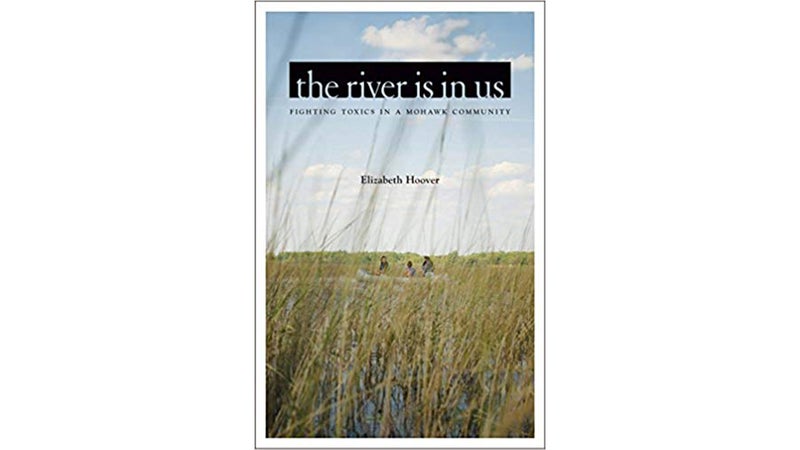
The 2016 Standing Rock protests made national news, but they were just the latest in a long history of Native struggles against the expropriation of river-adjacent lands. In her moving and exhaustively researched book, , Elizabeth Hoover, a professor of American studies at Brown University, goes deep into one of these often-overlooked fights. In August 1957, some 200 members of the Mohawk tribe took more than 15 square miles of territory in upstate New York and argued that the state had “blasted them from their homes.” The displacement occurred during the Saint Lawrence Seaway Project, which began earlier that decade to allow oceangoing vessels to travel from the Atlantic Ocean to the Great Lakes. In 1958, the occupation’s participants were evicted from the land, but, Hoover writes, “this event was emblematic of future standoffs between Mohawks and state and federal governments that would continue for decades.” She recounts how afterward the Mohawks in Akwesasne, an indigenous community in upstate New York, partnered with scientists to fight the contamination of its lands from three upwind and upstream Superfund sites. The narrative unfolds through interviews with farmers, health care providers, scientists, and community members, and though its prose is best suited for academic readers, the book compellingly shows how grassroots efforts can improve both environmental health research and health care.
‘Replenish: The Virtuous Cycle of Water and Prosperity’ by Sandra Postel
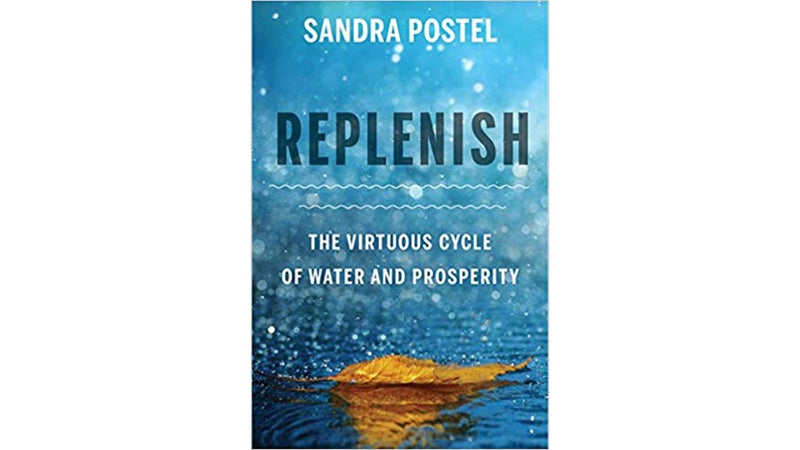
In the opening chapter of , Sandra Postel confronts readers with some interesting and alarming facts about the global water cycle. For one, it’s finite. “Our morning coffee might contain molecules the dinosaurs drank,” Postel writes. For another, we consume vastly more than we probably realize. A margherita pizza, for example, takes about 330 gallons to make, and right now, you’re likely “wearing” 4,000 gallons of water. As our supply stays the same, the population continues to grow, contributing to global warming and its accompanying surge of natural disasters. We’ve responded by trying to engineer our way out of our problems to the tune of a half trillion dollars a year spent on infrastructure to divert and capture water. Replenish can feel a little soul crushing, but Postel leavens it with successive chapters about the resilient nature of river systems. She highlights the ingenuity of people working with nature to restore our global water supply through regenerative agriculture, reclaimed wastewater, flood risk reduction, and efforts to let rivers flow freely rather than overmanipulate them.


